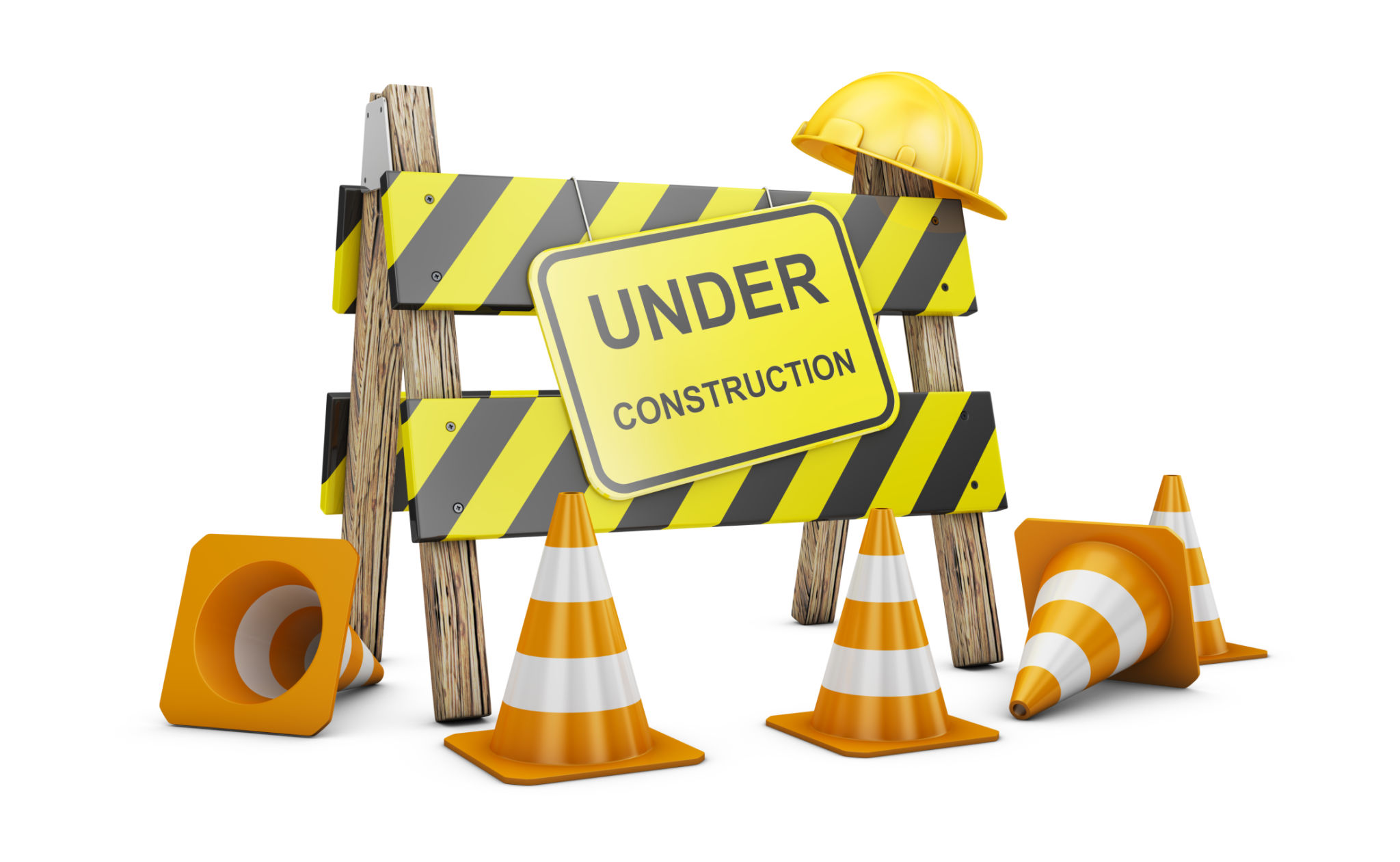10 Common Misconceptions About Business Websites: What You Really Need
Misconception 1: A Website is Just a Digital Business Card
Many business owners believe that a website functions merely as a digital business card. However, a website is far more than just a static representation of your business. It is an interactive platform that can engage customers, generate leads, and facilitate transactions. To truly benefit from a website, businesses must think beyond the basics and incorporate features that enhance user experience and drive conversions.

Misconception 2: Only Big Businesses Need Websites
Another common misconception is that only large companies require websites. In reality, businesses of all sizes can benefit from having an online presence. A well-designed website can help small businesses compete with larger competitors by reaching a broader audience and establishing credibility. Whether you are a local shop or a burgeoning startup, a website is an essential tool for growth.
Misconception 3: Websites are Expensive to Build and Maintain
Many assume that building and maintaining a website involves significant costs. While it's true that custom development can be expensive, there are many affordable options available today. Platforms like WordPress, Wix, and Squarespace offer cost-effective solutions for creating and managing professional-looking websites without breaking the bank.

Misconception 4: You Only Need to Build It Once
Some business owners think that once their website is live, the work is done. However, maintaining an effective online presence requires regular updates and improvements. Keeping content fresh, updating SEO practices, and ensuring security measures are up-to-date are ongoing tasks that help keep your website relevant and functional.
Misconception 5: Aesthetic Appeal is the Most Important Factor
While an attractive design is essential, it shouldn't overshadow functionality and usability. Websites need to be easy to navigate, with intuitive layouts and clear calls-to-action. Prioritizing user experience over aesthetic elements can lead to higher engagement and conversion rates.

Misconception 6: Mobile Optimization is Optional
With the increasing use of smartphones, mobile optimization has become critical for any website. A site that isn't mobile-friendly can result in a poor user experience and drive potential customers away. Ensuring your website is responsive on all devices is crucial for retaining visitors and improving search engine rankings.
Misconception 7: SEO is a One-Time Task
Search Engine Optimization (SEO) is not a set-it-and-forget-it task. Regularly updating keywords, meta descriptions, and content is necessary to maintain or improve your search engine ranking. SEO is an ongoing process that requires continuous effort and adaptation to search engine algorithm changes.

Misconception 8: Social Media Presence Replaces the Need for a Website
While social media platforms are valuable for engaging with customers, they should not replace your website. A website provides complete control over content and branding, whereas social media algorithms can limit visibility. A comprehensive strategy includes both social media and a dedicated website to maximize reach and engagement.
Misconception 9: All Websites Need Complex Features
Some businesses believe that their websites must have complex features to be effective. However, simplicity often leads to better performance. Focus on delivering clear information and easy navigation before adding advanced features that may complicate the user experience.
Misconception 10: Content Isn't That Important
The importance of high-quality content cannot be overstated. Content is not only crucial for SEO but also for engaging visitors and converting them into customers. Regularly updating your site's content with valuable information helps build trust and authority in your industry.

